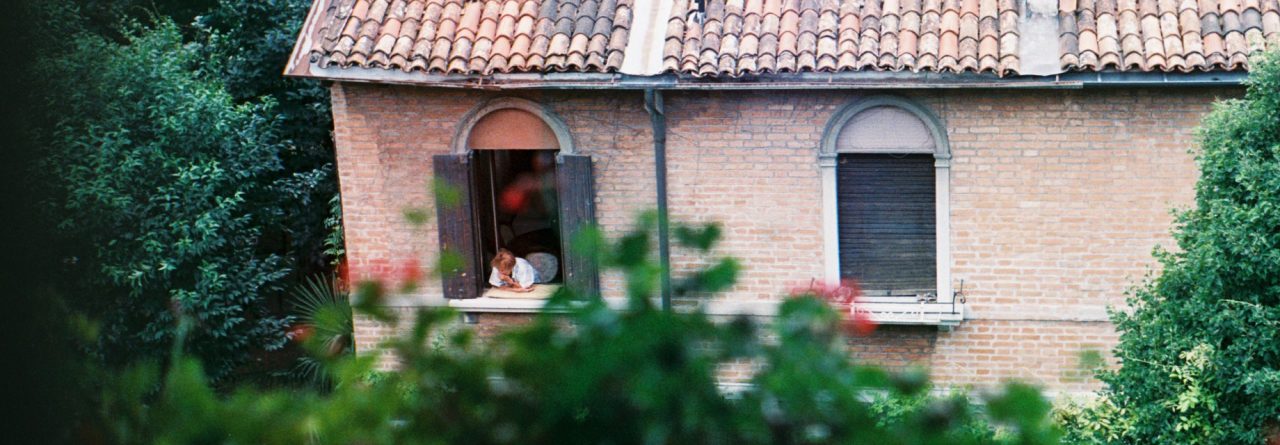North Street, Brighton – 26/10/15
I’ve taken my headphones off so I can listen to the sounds of the city: the murmer and the chatter of the crowd, and the drone of the bus engines as they haul themselves up North Street. A small city pigeon, oily black, hobbles on a broken leg. Around me I see strange instances of incorporation – Eat. now does a sourdough toastie and Pret a Manger has a sign in the window reading ‘There’s a new Burrito in town.‘
Buses swing round the box junction scattering pedestrians like pigeons. The light is flat and dull, the sky a strange blur, bluewhiteblue. The clock tower is fitted with hostile architecture – metal spikes on the side to stop the shoppers from sitting, the kids from loitering, the homeless from sleeping. Boots looks like the old Amex building, all planes of bluish glass and sheets of whitish metal.
If you look above the shopfronts you can see the old town, see the layers, like a cultural cross-section – Montague Burton, the Tailor of Taste, and Hart Manufacturing Hatter – dead signs for dead shops built by dead men, but no one ever looks up above the illuminated displays or away from the paths they predetermine.
It’s an expectation when one returns home to run into old friends and acquaintances. So I see familiar features in the faces of strangers. I look too long, I catch their eye, I make them feel uncomfortable. Complete strangers. Eye contact is an animal thing. People are more comfortable interface-to-face.
